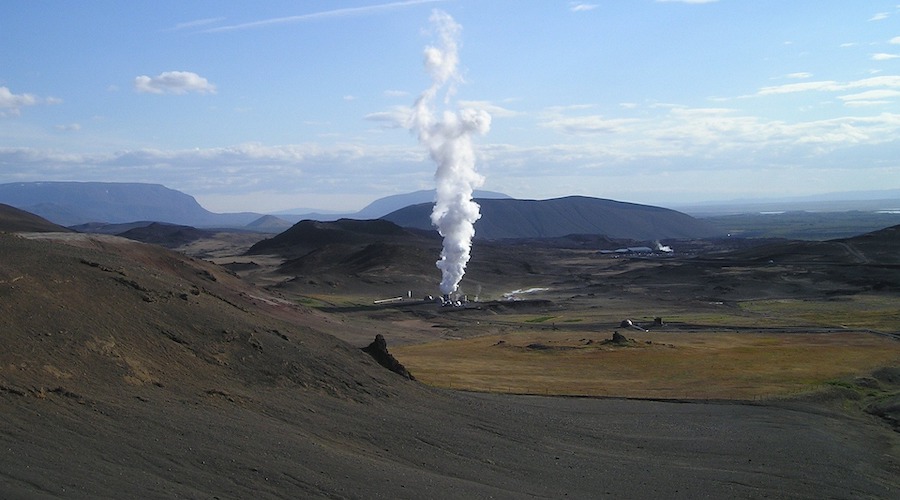Tesla Semi Specs Change, Chinese Model 3 To Use CATL M3P Batteries

Covering Tesla as obsessively as we do at CleanTechnica is nearly a full time job. Just this morning, while gazing out at Montserrat from the executive dining room on the 14th floor of our ultra posh world headquarters, two tidbits came to our attention that we couldn’t wait to share with our readers.
First, the order button has disappeared from the Tesla Semi page on the company’s website. According to Drive Tesla Canada, customers can no longer place an order for one of these battery electric Class 8 tractors online but can sign up for news and updates about them. Elon Musk tweeted last week that the first deliveries of the Semi are expected to take place before the end of this year. Tesla only started taking online orders in May, so you need to be quick if you want to keep up with Musk and his band of merry pranksters.
The order button may be gone, but the Semi webpage now provides some new details about the Tesla Semi. Previously, it was said to have 4 electric motors, but now Tesla says it will have only three. The change will not affect performance, however. It is still listed as having a 0 to 60 mph time of 20 seconds when fully loaded with its Gross Combination Weight of 82,000 lb. That’s about a third of the time needed to get a diesel-powered truck up to 60 mph with a similar load. In addition, Tesla says the Semi can maintain highway speed even when traveling uphill.
Tesla now clarifies that the 500 mile range listed on the website for the long range version of the Semi is for a fully loaded vehicle, and it continues to say the Semi will consume less than 2 kWh of electricity per mile traveled. The folks at Drive Tesla Canada dug out their calculators and determined that 2 kWh times 500 miles equals a 1 MWh battery pack. The company says the Semi can recharge to 70% in 30 minutes. Assuming its Megachargers can recharge two trucks at the same time, that suggests they have a maximum power of 1.5 MW.
Tesla originally said the long range (500 mile) Semi would cost $180,000 and the medium range version (300 miles of range) would cost $150,000. Now that the pricing information has been removed from the website, does that suggest price increases are coming? The cost of battery materials has been rising at a shocking rate recently, but there may be another factor at work here.
The new Inflation Reduction Act provides for a $40,000 incentive for heavy-duty trucks that weigh more than 14,000 lb. The Tesla Semi certainly meets those criteria. Is it too cynical to think the price of the Semi is about to increase by — oh, let’s pick a random number — $40,000? “We’ll see,” said the Zen master.
CATL M3P Batteries For Chinese Made Model 3
CATL has a new battery in production it calls M3P, which is an improvement on the LFP batteries it has been supplying to Tesla Shanghai. Technical details are scarce but the abbreviation for the battery chemistry is now LMFP, which denotes a formula that includes manganese. The primary benefits of the new batteries are an increase in range of about 10% and a reduction in cost.
Sources told CnEVPost this week that Tesla will soon launch a new China-made Model 3 powered by M3P batteries from CATL. The current Model 3 sedans produced at Tesla Giga Shanghai are powered by CATL’s lithium-iron phosphate batteries with a range of either 556 km or 675 km (NEDC). With the new battery packs, the ranges are expected to exceed 600 km and 700 km respectively. (Yeah, we know that is not 10% more range. Work with us here.) The new M3P batteries are scheduled to begin powering Model Y vehicles manufactured in China in the spring of 2023.
Sources in China say the less expensive battery packs will make it possible for Tesla to lower prices, but a Tesla China source said the news was a “rumor” and does not match the facts. While Tesla plans to fit cars manufactured in Germany with LFP Blade batteries from BYD, sources in China say there are no plans to use BYD batteries for its Chinese made cars.
Why are BYD batteries being used in Germany but not in China? We will be sure to ask Elon that question next time he stops by for a sardine sandwich in our lavishly appointed food court.
Appreciate CleanTechnica’s originality and cleantech news coverage? Consider becoming a CleanTechnica Member, Supporter, Technician, or Ambassador — or a patron on Patreon.
Don’t want to miss a cleantech story? Sign up for daily news updates from CleanTechnica on email. Or follow us on Google News!
Have a tip for CleanTechnica, want to advertise, or want to suggest a guest for our CleanTech Talk podcast? Contact us here.
Advertisement
This post has been syndicated from a third-party source. View the original article here.





